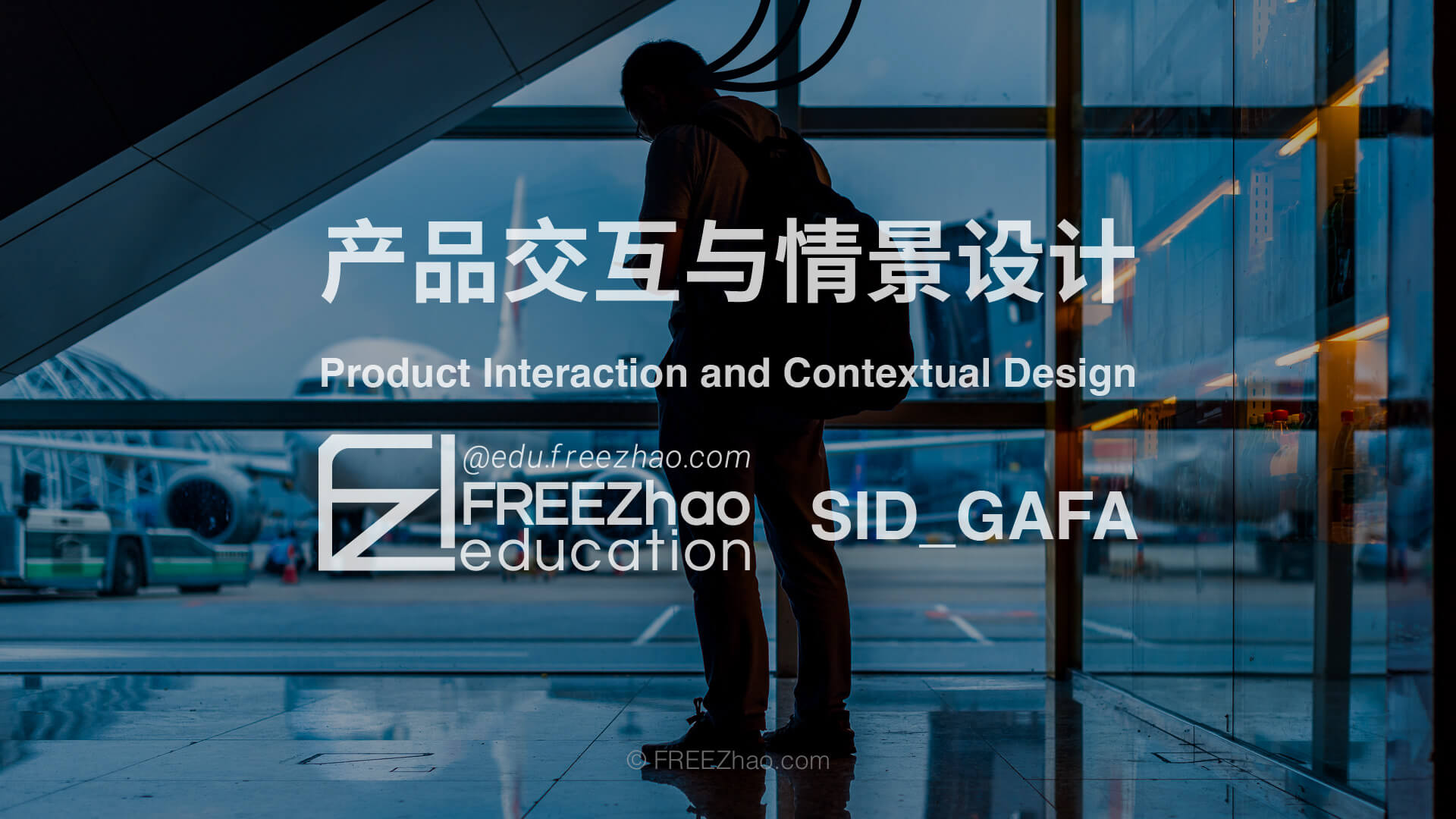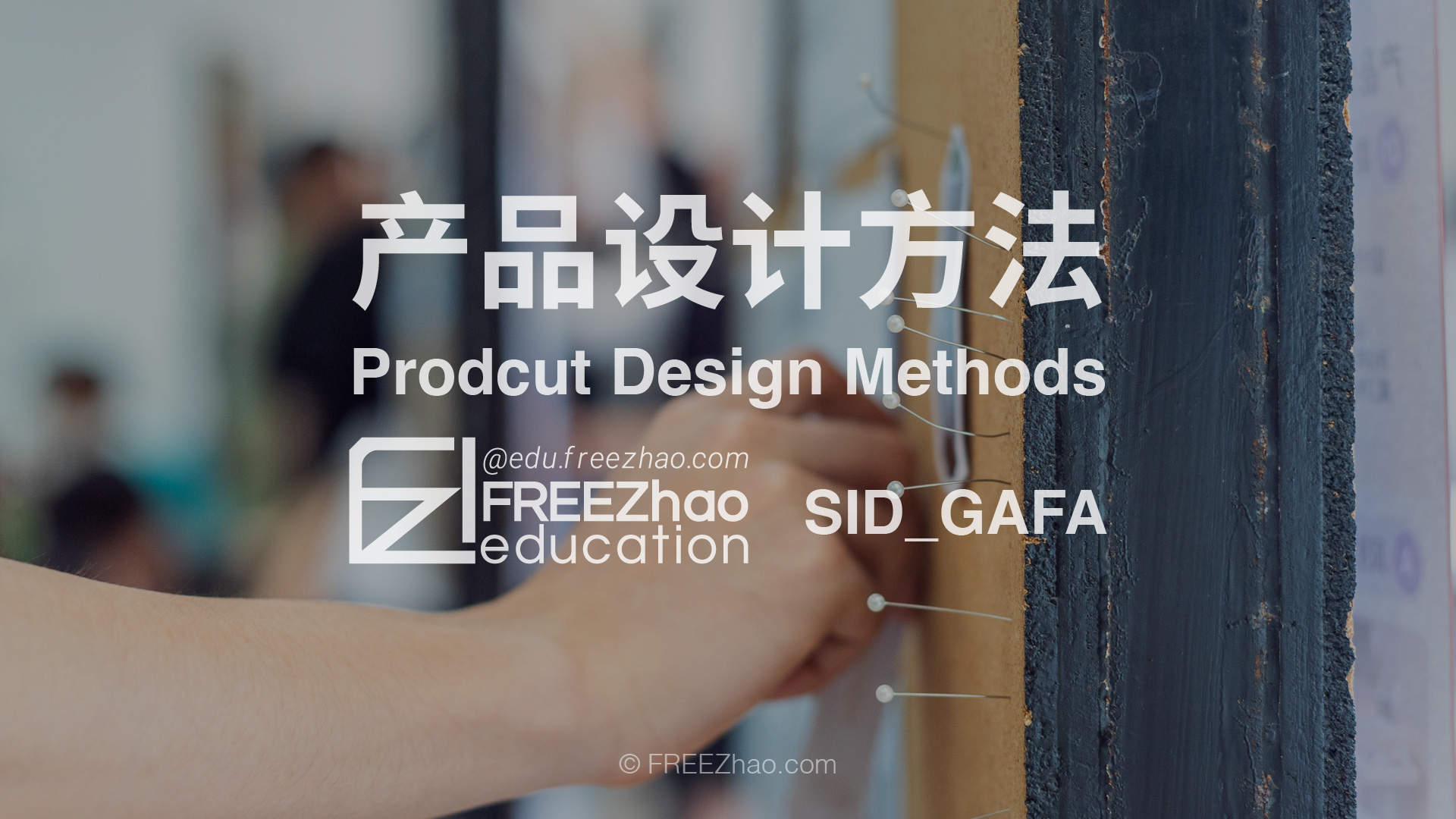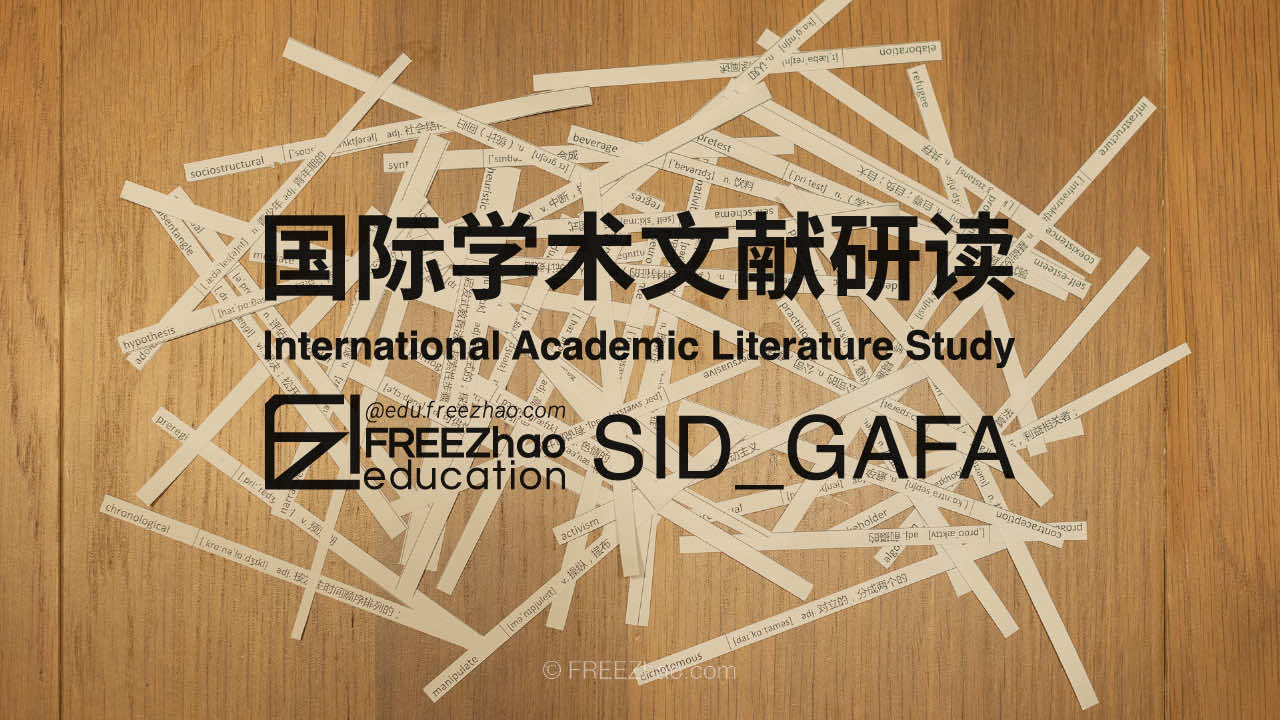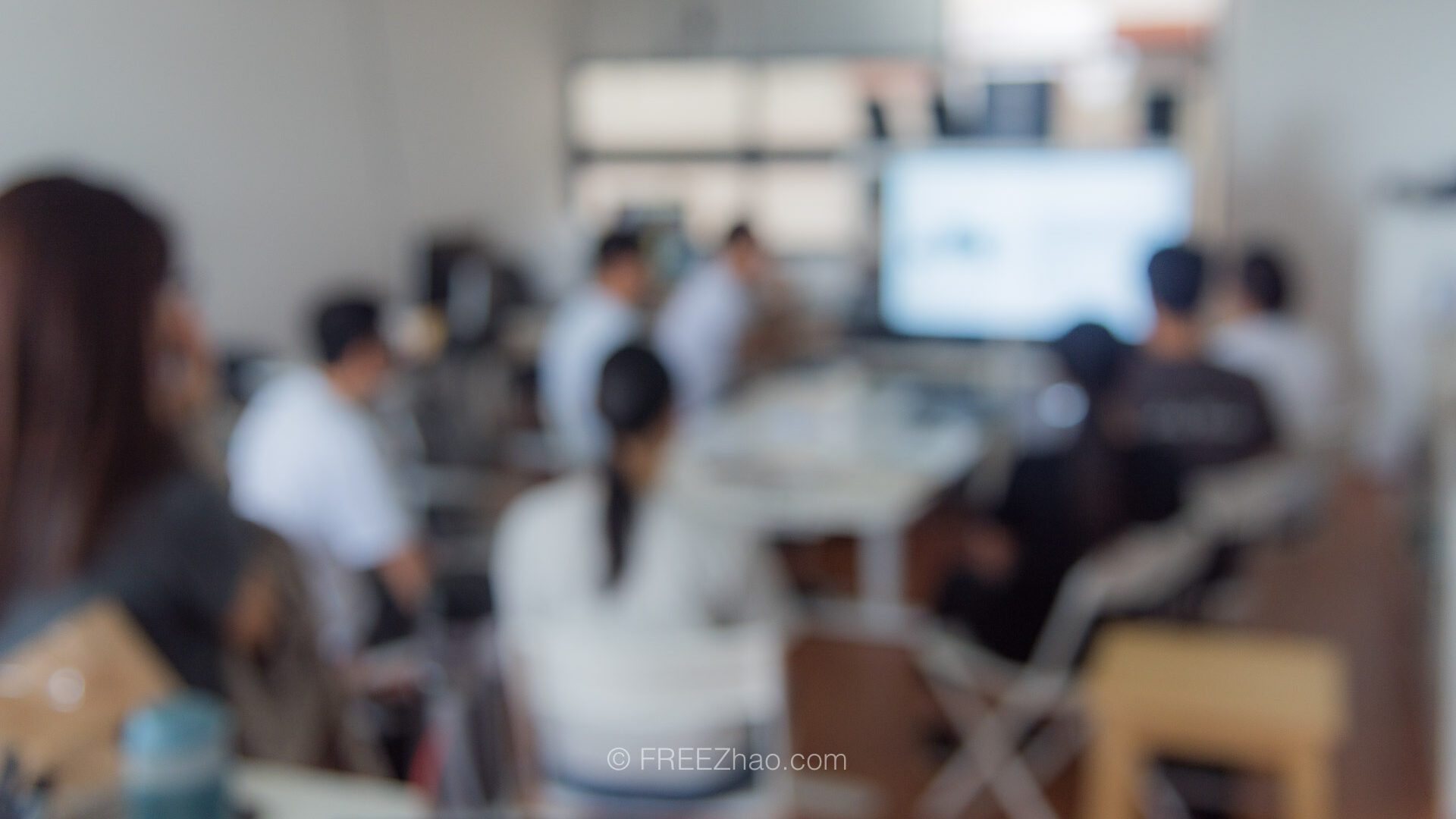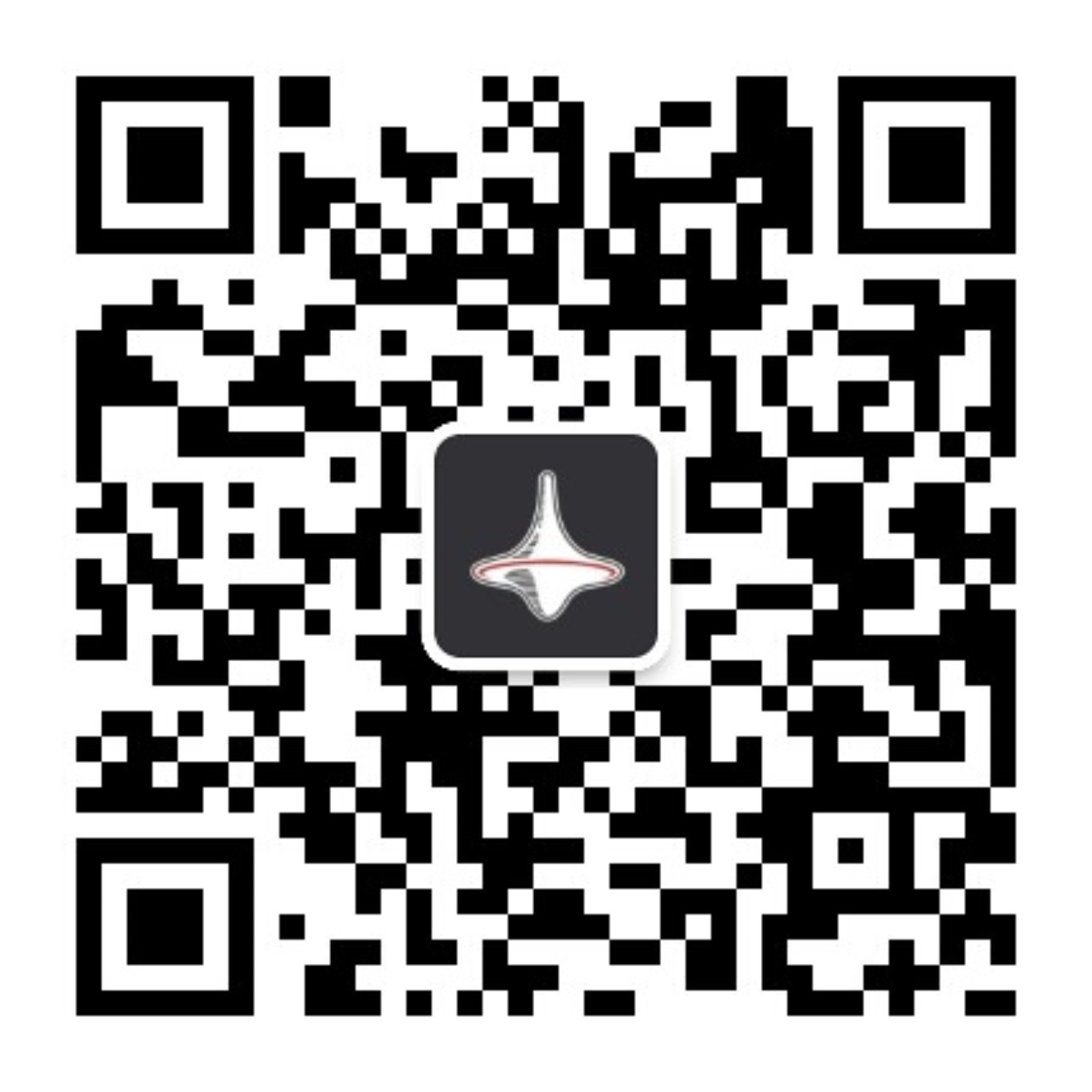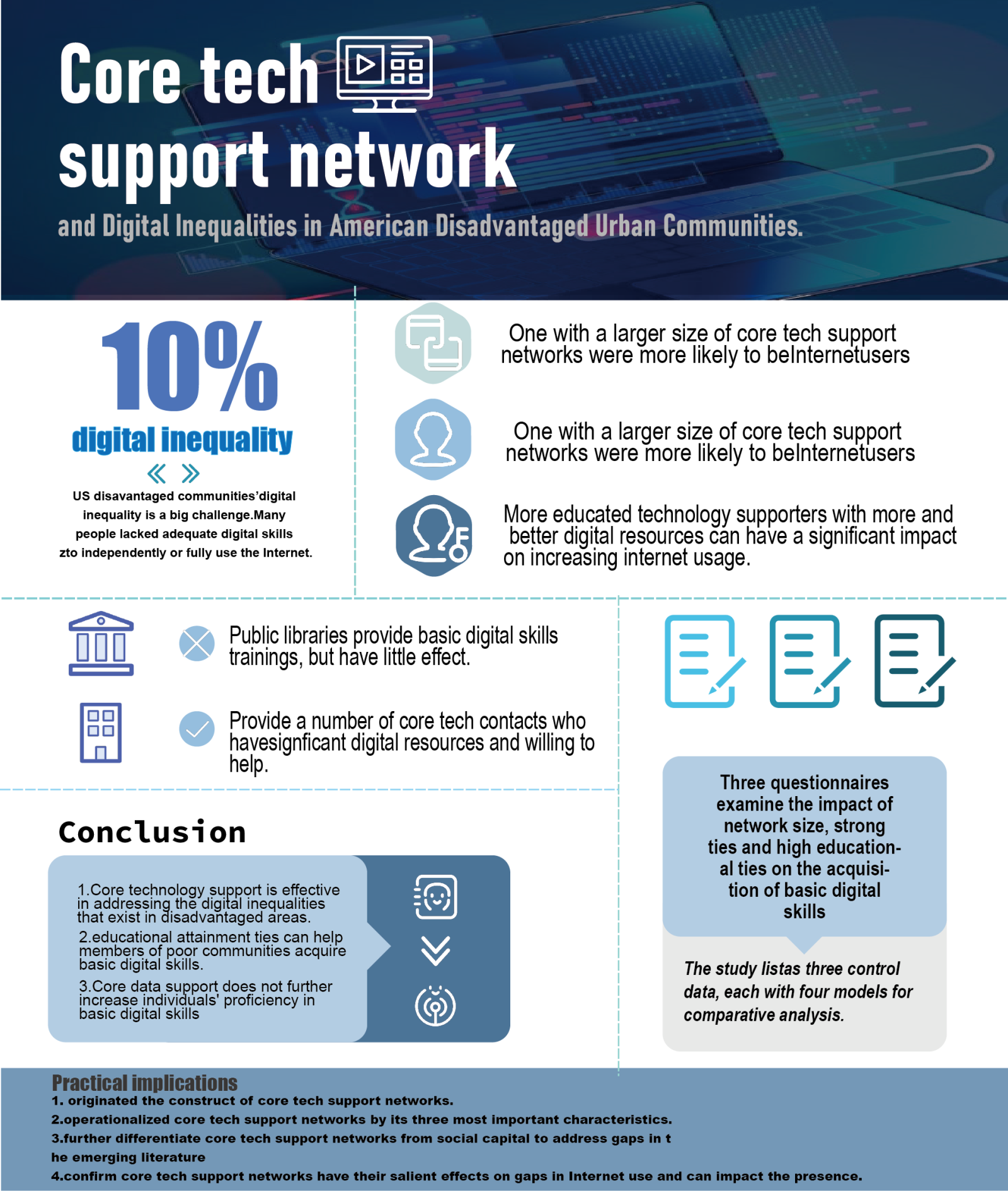This study draws on models of motivated news exposure and literature on affordances to propose a conditional framework of motivated news exposure that combines these two models, and proved by experiments that presenting links based on a conditional framework of motivated news exposure increases clicks.
To examine how devices (i.e., PC or mobile) and paths to exposure (i.e., news homepages, search, or social referrals) relate to people’s behavior on news sites. Using behavioral data from seven local broadcast news sites to assess how the device used and referral site affect whether people click on links to more news.
1. Pathways to news: Referral site and device used
After the introduction, authors discussed one of the central theories “Affordance”. People’s click behavior response to news content will be different due to the affordances of news platforms and devices. Therefore, two variables related are generated:
- a1 Referral sites (social media/news homepages/search engine)
- a2 Device used (mobiles/PCs)
2. Characteristics of linked news stories
Another central theory “models of motivated news exposure” is discussed in this section. Based on the affordances of platforms and devices, it shows that four main parts of news links will also affect news engagement. Therefore, four variables related to the motivated news contact model are generated:
- b1: Content type (Related/Popular)
- b2: Labels (Generic/Cognitive/Social)
- b3: Images (Images and text/Only text)
- b4: Placement (Middle/End of article)
According to several researches on people’s habit of browsing news, authors put forward the following hypothesis:
- H1: Search referrals will be more likely to click on more news than news homepage referrals, and news homepage referrals will be more likely to click than social referrals.
- H2:Those accessing news via a PC will be more likely to click on a link to access another news article than those accessing news via a mobile device.
- H3: Social referrals will be more likely to click Popular content; search referrals will be more likely to click Related content; and homepage users will fall in between.
- H4: Social referrals will be more likely to click Social labels; search referrals will be more likely to click Cognitive labels; and homepage users will fall in between.
- H5:links with images will earn more clicks relative to those without.
- H6: Mobile users will be more likely to click on links accompanied by images than those with out, whereas the presence of images will matter less for PC users.
- H7: Mobile users will be more likely to click on links appearing at the middle of the article; PC users will be more likely to click on links appearing at the end of the article.
During the research, authors also raised the following questions:
- RQ1: Are news site users more likely to click on links to Popular or Related content?
- RQ2: Are news site users more likely to click on links with generic, cognitive, or social labels?
- RQ3: Does the device used to access a news site influence whether users click on Related versus Popular links?
- RQ4: Does the device used to access a news site influence whether users click on links with Cognitive, Social, or Generic labels?
- RQ5: Does referral site influence whether users click on links with images or without?
- RQ6: Does the site which refers users to a news site influence whether users click on links in the middle or at the end of an article?
- RQ7: Does the referral site influence whether users click on links in the middle or at the end of news articles?
3. Method
In this chapter, using a field experiment launched in partnership with Graham Media Group, logistic regression analyses are used to determine which variables affected individuals’ propensity to click on a link.
The dependent variables are b1, b2, b3 and b4 mentioned in Chapter 2: 2(b1)×3(b2)×2(b3)×2(b4)
4. Results
In this chapter, a conclusion is drawn according to the experimental data to prove the correctness of the hypothesis put forward by the author, and the questions raised above are answered, in which:
H1/H2/H5: Supported
H4/H7: Unsupported
H3: Partial supported.
- ①For Google referrals, Related links outperformed Popular links for those accessing the page from a PC, but not for those using a mobile device.
- ②For Facebook referrals, the type of links didn’t matter.
- ③Although for those using a mobile device,Popular content increase the likelihood of a click.but the effect fell just short of reaching statistical significance (p=0.056)
- ④Those using a PC and referred by homepage were more likely to click on related links.
- ⑤
H6: Modest supported
- ①For search and homepage referrals, there were no differences across mobile and PC devices on the effect of images.
- ②For social referrals, the presence of images mattered significantly more for those on mobile devices than for those on PCs.
- RQ1: As a main effect, users were more likely to click on Related content
- RQ2: Those seeing the Generic label were more likely to click on a link than those who saw a Cognitive label =. Those seeing a Social label did not differ in their clicking behavior relative to the other labels.
- RQ3: For mobile site visitors, the type of link did not matter; For those accessing the site via PCs and coming from either a search engine or a news homepage , however, Related links outperformed Popular links; Only for news homepages were the effect of link content greater for those using a PC than a mobile device.
- RQ4: There does not appear to be a systematic pattern based on whether people accessed the site via a mobile device or PC.
- RQ5: Images mattered more for those coming from Google than for those coming from Facebook or news homepages.
- RQ6: Links at the end of the article garnered more clicks than did those in the middle。
- RQ7: There are no significant differences across the device and referral site combinations.
5.Conclusion
According to the verification of the problems and assumptions obtained after the author’s experiment, I summarize the conclusions, and briefly describe the conditional framework of motivated news exposure proposed by authors. How to deeper news engagement? How to attract people to click on these links? It can be summarized as the following five points:
- Present links with images and text.
- Place links at the end of the article.
- On social media websites: Push links to popular content and mark social labels in link.
- On search engine websites: Push links to popular content and the proportion of labels doesn’t need to be considered.
- On news homepage websites: Push the links of relevant contents, mark cognitive labels on mobiles and social labels on PCs.
Considering models of motivated news exposure and literature on affordances, applying these conclusions to determine the presentation of news links in different devices or platforms can attract more users and increase the clicks. The content of this research not only further promotes the two center theory, but also obtains a conditional framework of motivated news exposure, which provides practical insights for deeper news engagement.
加强新闻参与度的途径:影响人们在新闻网站上点击行为的因素
本篇文章主要借鉴了有动机的新闻接触模型,以及关于可供性的理论与文献,提出了一个有条件的新闻接触框架,并以实验证明,基于有条件的新闻接触框架来呈现新闻链接会增加点击率。
为了研究设备(即手机/电脑)、接触新闻的路径(即社交媒体网站/新闻主页网站/搜索引擎网站)这两者与人在新闻网站上的行为之间的关系,作者利用了7个当地的传播力强的新闻网站,来评估人们使用的设备与接触新闻的路径,是如何影响他们是否继续点击更多新闻链接的。
一、接触新闻的路径:推荐网站与使用设备
介绍完毕后,作者讨论了中心理论其一的“可供性”。即人们对新闻内容的点击行为反应会因为接触新闻的平台和设备的可供性而不同。因此产生两个与可供性相关的变量:
- a1推荐网站:社交媒体网站、新闻主页网站、搜索引擎网站
- a2使用设备:手机、电脑
根据多个关于人们浏览新闻习惯的研究结果,作者提出以下假设:
- H1:人们点击更多新闻的可能性:搜索中产生的推荐>新闻主页中的推荐>社交媒体网站中的推荐
- H2:人们点击更多新闻的可能性:电脑>手机
二、链接新闻故事的特点
作者开始讨论另外一个中心理论“有动机的新闻接触模型”。基于平台与设备的可供性下,该模型说明了主要组成新闻链接的四个部分也会影响人们对新闻的参与度。因此产生四个与有动机的新闻接触模型相关的变量:
- b1链接内容:相关内容、热门内容
- b2链接标签:一般、认知、社会
- b3链接图片:图片与文本、仅文本
- b4链接位置:在文章中间、在文章结尾
根据多个关于人们浏览新闻习惯的研究结果,作者提出以下假设:
- H3:从社交媒体上看到推荐的人更可能点击“热门内容”,从搜索引擎中看到推荐的人更可能点击“相关内容”,新闻主页用户介于两者之间
- H4:从社交媒体上看到推荐的人更可能点击“社会”标签,从搜索引擎中看到推荐的人更可能点击“认知”标签,新闻主页用户介于两者之间
- H5:有图像的链接会比没有图像的链接点击量更高
- H6:手机用户更可能点击带图像的链接而非无图像的,而对于电脑用户来说,是否有图像并没有那么重要
- H7:手机用户更可能点击在文章中间出现的链接,电脑用户更可能点击在文章结尾出现的链接
在研究过程中,作者还提出了以下问题:
- RQ1:新闻网站用户是否更有可能点击热门内容/相关内容的链接?
- RQ2:新闻网站用户是否更可能点击带有“通用”“认知”“社会”标签的链接?
- RQ3:访问新闻网站的设备是否会影响用户点击“热门内容”或“相关内容”?
- RQ4:访问新闻网站的设备是否会影响用户点击“通用”“认知”“社会”标签?
- RQ5:向用户推荐新闻的网站(类型)是否会影响他们点击有无图像的链接?
- RQ6:被推荐新闻网站的链接在文章中的位置(中间或末尾)是否会影响他们的点击?
- RQ7:向用户推荐新闻的网站(类型)是否会影响他们点击文章中间或末尾的链接?
三、方法
在本章中,作者与美国某媒体公司合作展开了现场实验,并使用逻辑回归分析的方法来确定哪些变量会影响人们点击链接的倾向。
因变量即为第二章中提到的b1,b2,b3,b4:2(b1)×3(b2)×2(b3)×2(b4)。
四、结论
在本章中根据实验数据得出了结论,来证明作者提出假设的正确性,并回答了前文提出的问题,其中:
H1/H2/H5:正确。
H4/H7: 不正确。
H3:部分正确。
- ①仅在电脑上:谷歌(搜索引擎)用户更可能点击相关内容,该结论支持H3的观点。
- ②在所有设备上:脸书(社交媒体)用户点击与推荐链接的类型无关,该结论无法支持H3观点。
- ③仅在手机上:脸书(社交媒体)用户更可能点击热门内容,虽然符合H3的观点,但该影响并未达到统计学意义。(P=0.056)
- ④仅在电脑上,新闻主页用户更可能点击相关内容,该结论不支持H3观点。
- ⑤手机上的社交媒体用户,相比与电脑上的搜索引擎用户与新闻主页用户,点击相关内容的可能性显著更小;电脑上的社交媒体用户,相比于电脑上的搜索引擎用户,点及相关内容的可能性也显著更小,该结论支持H3的观点。
H6:仅部分正确。
- ①对于搜索引擎和新闻主页推荐:电脑和手机上是否有图像带来的影响没有差异性,该结论不支持H6观点。
- ②对于社交媒体推荐:是否有图片对手机用户的影响>对电脑用户的影响,该结论部分支持H6观点。
- RQ1:用户更可能点击相关内容。
- RQ2:用户更可能点击“通用”标签而不是“认知”标签,看到“社会”标签的人的点击行为与其他标签差异不明显。
- RQ3:对于手机用户,链接的内容类型并不重要;对于电脑用户:来自搜索引擎或新闻主页的用户更可能点击相关内容;仅对于新闻主页用户:链接内容对于电脑用户的影响>对手机用户的影响。
- RQ4:似乎没有一个基于用户访问新闻网站使用不同设备的系统模式。
- RQ5:图片在不同网站类型上的影响程度:谷歌>脸书和新闻主页。
- RQ6:获得的点击:文章结尾处链接>文章中间处链接。
- RQ7:在不同设备与不同网站类型的组合中,并无显著差异。
五、总结
根据作者试验后得到的对问题与假设的验证,本人将全部结论进行归纳与整理,将作者提出的有条件的新闻接触框架进行简述。如何增强新闻的参与度?如何吸引人们点击这些链接?可以总结为以下五点。
- 以图文结合的方式呈现链接
- 在文章的末尾放置链接
- 在社交媒体网站中,推送热门内容的链接;在链接中标注社会标签
- 在搜索引擎网站中,推送热门内容的链接;推送的标签占比不需考虑
- 在新闻主页网站中,推送相关内容的链接;在手机的链接中标注认知标签,在电脑的链接中标注社会标签
在考虑了可供性与有动机的新闻接触模型的情况下,应用这些结论来决定不同设备或平台中新闻链接的呈现方式,可以更吸引对应设备或平台的用户,增加新闻链接的点击率。这篇文献研究的内容不仅进一步推动了两个中心理论,还得到了有条件的新闻接触框架,为提高新闻参与度提供了实用的见解。
信息可视化图(Infographic)
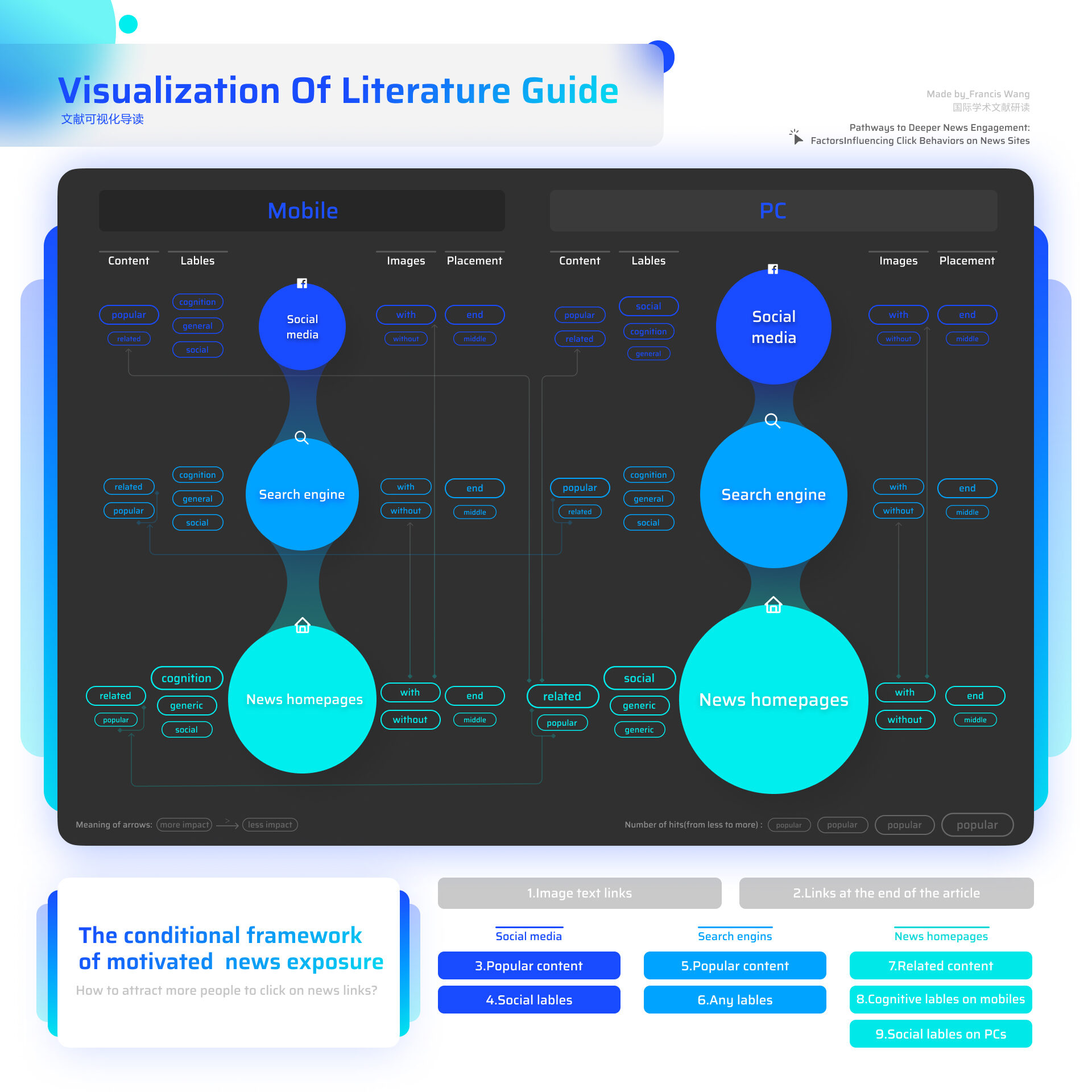
Comments
在这个课程中,研读整整一个月的论文并加以钻研可以收获到什么?列举一些我感受到的:
1.真的记住了好多新单词
2.读英文的耐心与速度有了一定的提高
3.总结与归纳的能力有了一定的提高
4.选择论文的方向与自身的专业有一致性,对某些该方向上的惯常观念有了新的认知,感觉很新奇
5.最后一节课结束后,对未来的方向更加确定了一些
6.基于上一点,我以后不会搞学术
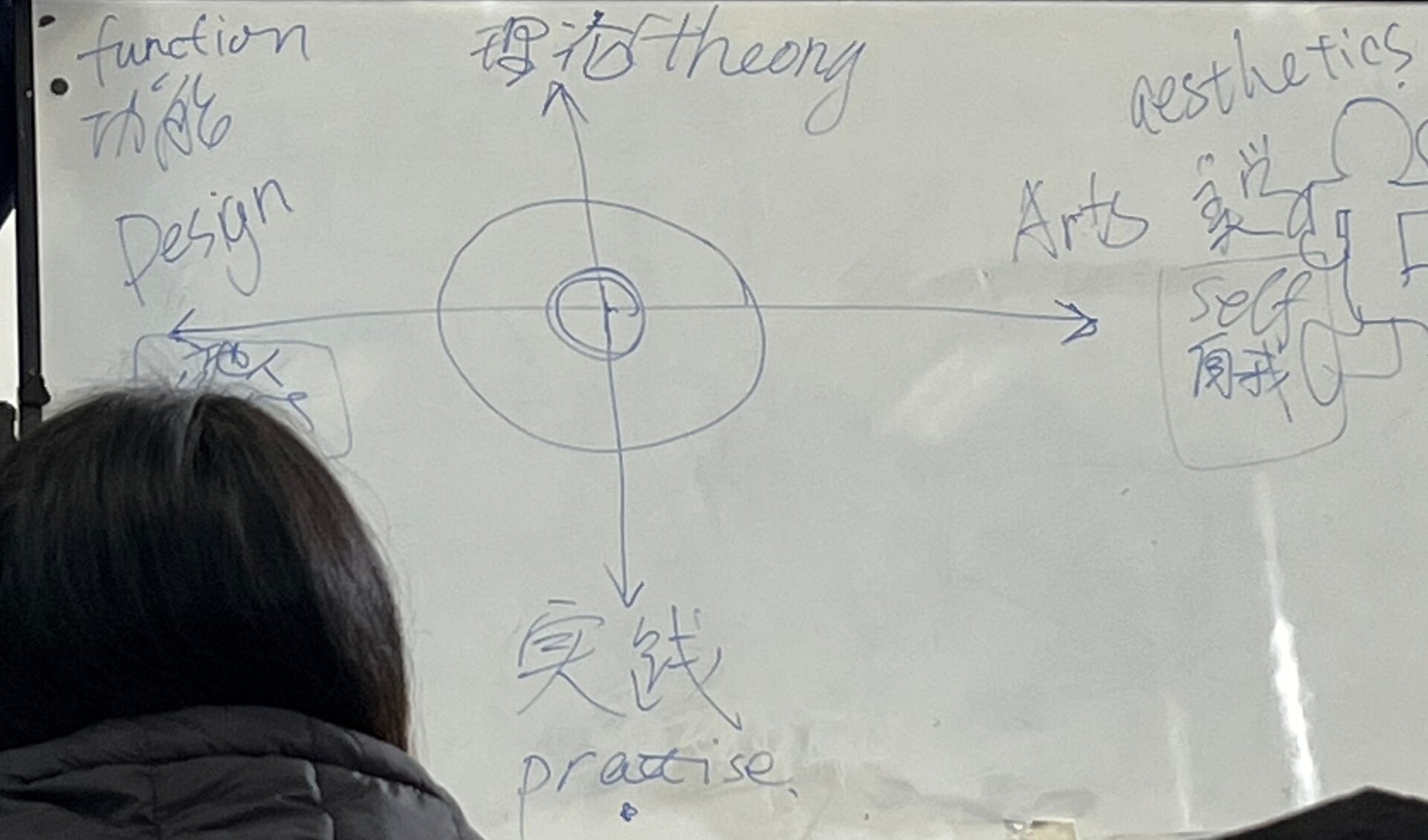
Free Zhao在最后一节课讲述理论与实践、设计与艺术的这四个象限的时候有一句话让我印象深刻,无法完全复刻原话,大致意思是:如果你走的路线只局限中间这里,不上不下,不左不右,是很难有优势的。这说的太合理了!而且我好像就在这个中间的小圈圈内!于是我大受震撼。
在上述感想中的第六点,我说自己不会走学术的道路了,并不是因为在课程中我读论文感到十分艰难或枯燥——其实会比较享受学习与钻研的过程。但我也清楚,学术的道路需要多大的毅力和精神力(甚至是体力)才可以走下去。
想了想自己,还是沾点享乐主义的边的,而且更喜欢新事物与新环境,或许更适合埋头苦干走实践的道路。总之,很珍惜这个课程带给我的一切,上课的过程很开心,对学术领域有了浅薄的了解,也有了更清晰的自我认知。
会给学弟学妹们推荐这个课程:P
原文
Jessica R. Collier, Johanna Dunaway, Natalie Jomini Stroud, Pathways to Deeper News Engagement: Factors Influencing Click Behaviors on News Sites, Journal of Computer-Mediated Communication, Volume 26, Issue 5, September 2021, Pages 265–283

